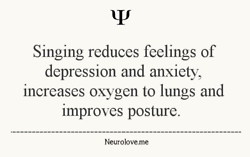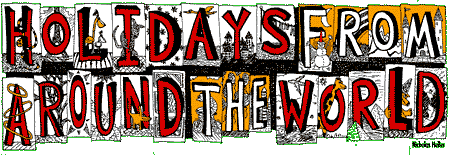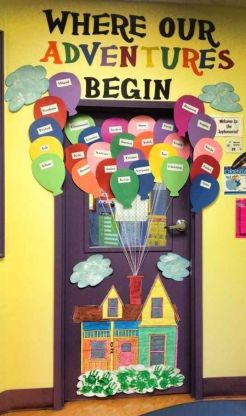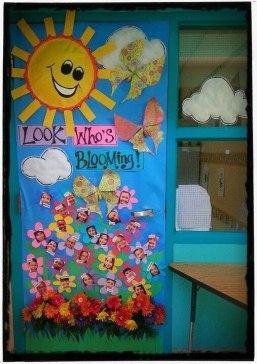Lesson 1: Introduction Activity. This activity will consist off an introductory teacher directed discussion about what it means to be a living thing. There will be a combination of pictures, books, and videos to show the children various living things. Assessment will come in the form of questions directly related to characteristics of living things (which they will learn in later lessons). Questions such as, “How do you think this animal is born?”, “Do you think it comes from an egg or from its mommy’s belly?”, “What do you think your animal eats?”, and “What do think your animal needs to live?” Seeing no formal teaching has been conducted yet, this will just be brainstorming of ideas and the student’s answers. Learning Objectives: The students will gain some primary knowledge about what it means to be a living thing. The students will use a variety of sources of information and ideas to learn about observable characteristics of living things. They will be able to answer questions critically and make generalizations about what it means to be living in the most basic terms.
Lesson 2: Nature Walk. The lesson here will be taking a nature walk in the playground to see all the items, which can be either living (anything that is or has ever been alive) or non-living (anything that is not currently alive or ever has been) that students can actually touch and see. Each student will have a science journal that they will carry around the playground with them and draw pictures or words about the thing they see on their nature walk. They can record anything from plants, bugs, ants, soil, rocks, bits of garbage, all the way to little animals they might see in the yard. One collected all students will come back inside for a group discussion lead by the teacher. This discussion will establish what the student’s interpretation of living and non-living is. Learning Objectives: The students will make and record observations and measurements about the observable characteristics of plants and animals using written language and pictures.
Lesson 3: Living vs. Non-Living things. In this lesson, the teacher and students will review all the information they have gathered so far. The teacher will guide the students into discovering the similar denominators present in things that are living and non-living and compare the two. With the use of comparison graphs, we will establish the guidelines for the two groups and keep that as our base when deciphering when something is living. Here we will establish the system of beliefs that dictate whether something is living or non-living by these five guidelines. First, does it take in food and grow? Second, is it able to move? Third, Does it respond to stimuli, in other words can something cause it to respond or act differently). Fourth, Does it reproduce, does it have babies”, and fifth, does it engage in respiration, does It breath and use air. Learning Objectives: The students will describe and list the five characteristics that make an item a living thing (does it take in food and grow, does it move, does it respond to stimuli, does it reproduce, and does it breath and use air.) The students will also be able to decipher between the living and non-living items.
Lesson 4: Aboriginal Classification of living and non-living things. In this lesson we will learn about the First Nations worldview about what is considered a living thing. This lesson will be introduced and conducted by an elder who will join our class for the lesson. He or she will share their own personal insight and stories about living and non-living things in a First Nations context, and how it differs from the scientific approach. Learning Objectives: The students will engage in personal, scientific, and Indigenous ways of organizing understanding of living things.
Lesson 5: What is a Characteristic? In this lesson, students will learn what a characteristic is. Characteristic is something that helps to explain what an object (living or non) is and how it behaves. A physical characteristic is a something we can describe about an object by using our senses. The students will be given worksheets that will have two columns that will show characteristics and physical characteristics. The students will have to draw lines to the appropriate title to show their understanding of the topic. Learning Objectives: Students will describe and identify what a characteristic is and what a physical characteristic is, and the difference between the two.
Lesson 6: What makes us human. In this lesson the students will learn about what it means to be human. The activity to accompany this will be self-drawings of themselves and their ability to label all major body parts. Each student will trace themselves on a large paper with the help of a partner and decorate while labeling certain parts (eyes, ears, hair, and numbers of limbs and teeth). As each part is labeled, we must also discuss the purpose of the body part in relation to the self. For example, the mouth is where we eat and drink from, etc. Learning Objectives: The students will describe characteristics common to humans and identify variations (e.g., eye colour, hair colour, skin colour, height, and weight) that make each human unique.
Lesson 7: What makes an animal. In this lesson we will learn about what makes something an animal, and how that is different than a human. I will bring my own puppy to class and use him as a real life example. The children will engage in an observation of little Jax and see how he roams in the classroom. They will look at his physical characteristics, and how he has the similar components that make up living things. They will go through out five point check list to see that he is too a living thing, and they will also be given a worksheet with a hollow drawing of a dog. They will be asked to label and color the dog in the same manner as the human drawing they did in the previous class and see what each identifiable body part is used for. Learning Objectives: The students will describe the appearance and behaviour of familiar animals and observe how they are similar and differ from humans. They will also be able to record information, using written language and pictures about the appearance and behaviour of familiar animals, such as classroom or personal pets during a specific time.
Lesson 8: Animal report. During this lesson students will be asked to create an animal report about their favorite animal. This can include a presentation with stories, drawings, or show and tell that will communicate and share with the other students of the class the knowledge they have learned from previous lessons. Children will focus on explaining what they know about their animal and how they came to know it. Learning Objectives: Students are able to communicate knowledge (e.g., share a story, describe an experience, or draw a picture) about the observable characteristics of a favourite plant or animal.
Lesson 9: What makes a plant. During this lesson, the same visual approach will be taken to learning about the parts of plants as was before with humans and animals. In this lesson we will look to see the physical characteristics that make up a plant in general. We will make a craft that will show the students where the leaf, root, stem, possible flower or fruit, and seeds that started it all are located and then be labeled and decorated. This will allow students to physically see the components and have the ability to identify them and how they differ from humans and animals. Learning Objectives: Students will compare observable characteristics (e.g., leaf, root, stem, flower, fruit, and seed) of plants and their physical components, to other living things such as humans and animals while finding similarities and differences.
Lesson 10: Essential needs. In this lesson students will learn the basic needs of all living things. As a class we will grow three separate ‘pots’ with lentil beans. The three pots will each have cotton balls as the soil with 5 lentils as the middle part, then another layer of cotton balls on the top for the top soil. The first pot will be watered every day and kept in the sun. The second pot will be kept in the sun but not watered. The third pot will be kept with no water and a lip on top to prevent sunlight from getting in. We will grow them for one week and keep checking and documenting the progress of the growth. At the end of the week block the students will see that the pot with the essential needs (pot 1) was the only one that survived. This will communicate to them the basic needs of living things and their importance for survival and growth. Learning Objectives: Students will identify the physical needs, (i.e., food, water, air, and shelter) that plants, animals, and humans require for survival. Student will record information, using written language, pictures, and tables, about the appearance and progression of growth in seeds planted.









 Everything’s Coming Up Roses! These smiling roses are sure to put a smile on every child’s face upon entering the classroom.
Everything’s Coming Up Roses! These smiling roses are sure to put a smile on every child’s face upon entering the classroom.